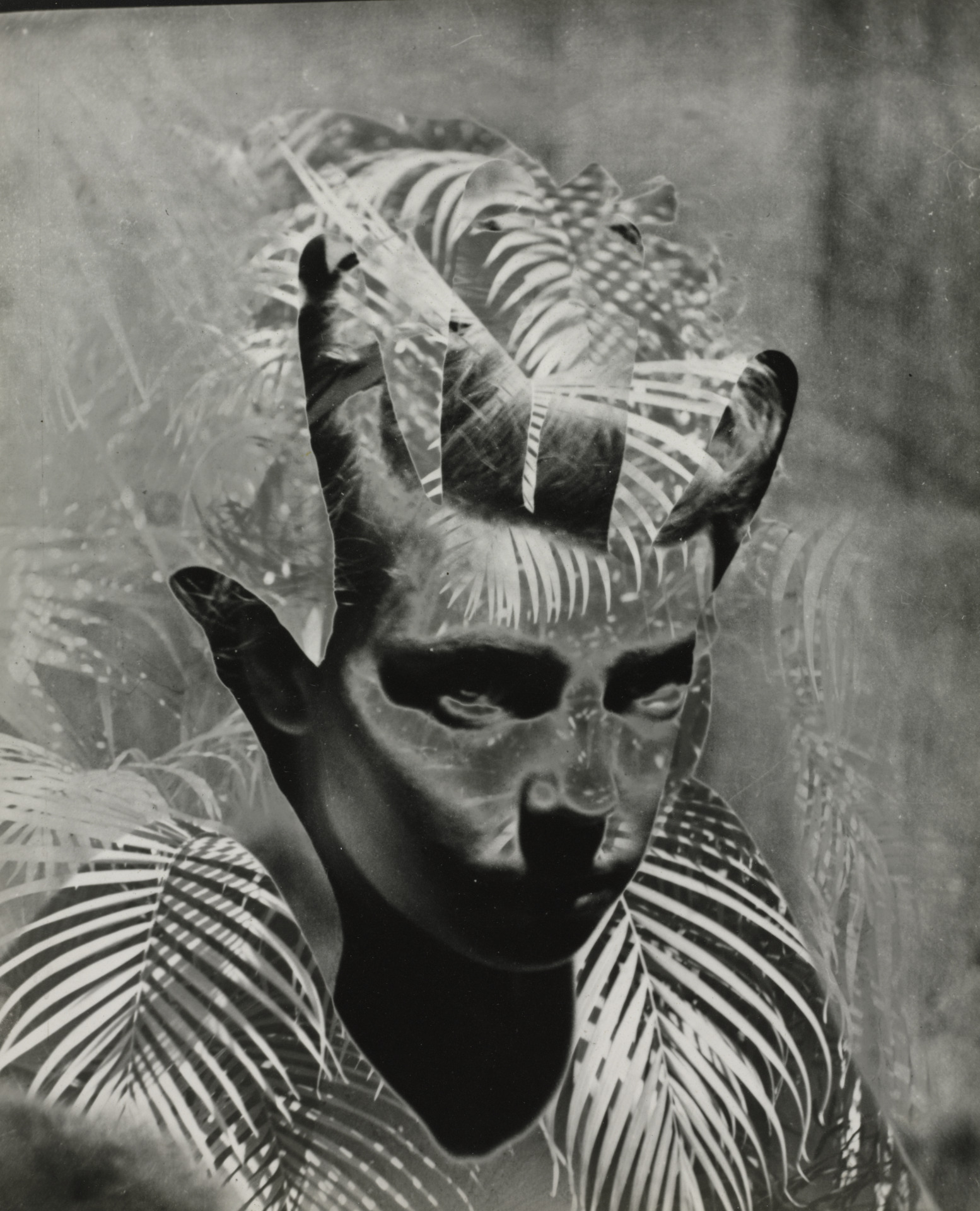
- Magazine Article
- Exhibitions
Beyond Truth
The camera may never lie, but the photographer might

Just how truthful is photography? Despite the ability to manipulate selfies on our cell phones, many of us cling to the illusion that the medium has an inherent connection to truth. Even if a camera produces an accurate recording of a scene in front of the lens, many changes can be wrought during the transition from captured light to printed image. Beyond Truth explores figurative scenes and portraits in which artists have altered the “truth” through postproduction techniques ranging from composite printing, multiple exposures, and handwork on negatives and prints to digital capture and manipulation.
The exhibition, which includes photographs from the Akron Art Museum and the Fred and Laura Ruth Bidwell Collection, is drawn largely from the Cleveland Museum of Art’s holdings. The show marks the debut of 13 works owned by the museum, 7 of which are recent acquisitions. Among those are a 1936 retelling of the Narcissus myth by French photographer Laure Albin Guillot and a “portrait” by Trevor Paglen that was produced in 2017 not with a camera but by an Artificial Intelligence.
The oldest work in the show is a masterpiece of combination printing from 1885: Henry Peach Robinson’s allegorical Dawn and Sunset. Photographers began combining multiple negatives
into a single print in the mid-19th century, mostly to overcome technical inadequacies in film and equipment. This albumen print joins three separate negatives to depict a staged tableau of an old man sitting with a young mother and her infant. The technique allowed Robinson greater control over lighting and the models’ individual poses and expressions than would have been possible with a single exposure. His goal, and that of most 19th-century practitioners, was to produce a convincing scene, a “lie” that read as the truth.
Not until the 20th century did photographers begin to flaunt their ability to distort reality at will. Sandwiching several negatives between glass plates before enlarging them, Russian-born American photographer Val Telberg produced the photomontage Palmetto Gnome, c. 1948–50. From a distance the image may read as a bust-length portrait, but on approach it disintegrates into a figure from a dream. A woman’s face is printed on top of the dark outline of a hand; palm leaves serve as her hair and shoulders. For Telberg, who was influenced by the Surrealists, this manufactured reality might reflect a higher truth than a “straight” portrait.

The advent of digital photography, and shortly thereafter Photoshop, made alterations easier and more seamless. Most of the photographs we encounter have undergone some form of digital postproduction. Almost all the images of people in fashion shots, celebrity portraits, and advertisements have been digitally modified to eliminate blemishes and to ensure a flawless body. South African artist Zanele Muholi references traditions of portraiture and fashion photography in a series of self-portraits entitled Somnyama Ngonyama, or Hail the Dark Lioness. Experimenting with different characters and archetypes through pose, costumes, and props, she creates portraits that appear truthful yet are modified in one important way. The bold, self-possessed stare and high-piled tresses in Somnyama II, Oslo, 2015, suggest the power of 17th-century French kings, but white and gold are replaced by dark tones. Through Photoshop, Muholi turns her skin a deep rich black. “The black face and its details become the focal point, forcing the viewer to question their desire to gaze at images of my black figure,” Muholi says. “By exaggerating the darkness of my skin tone, I’m reclaiming my blackness, which I feel is continuously performed by the privileged other.”
Archetypes are also the subject of three images by the London-based collaborative duo Anderson & Low (Jonathan Anderson and Edwin Low). These works from their Manga Dreams series of 2009 portray aficionados of cosplay (costume play), a popular form of Asian street culture in which young people go to extraordinary lengths to make themselves look like characters in manga (Japanese comics and graphic novels) and anime (Japanese animated films). Anderson & Low coupled straight studio portrait photography with extensive digital post-production to allow these individuals to inhabit, at least in an image, the fictional worlds they adore. The resulting artworks help illuminate for us this media-inspired alternate world.
At what point does truth become fiction? Even the most straightforward, unmanipulated photograph communicates the photographer’s subjective vision. Cropping, camera angle, depth of field, exposure, paper type, and other choices all contribute to the meaning of the image and our interpretation of it. Artists have understood their power to shape the “truth” since the medium’s early days. It is the rest of us who are just catching on.

Cleveland Art, January/February 2019